3D printers are ideal for making improvised, emergency repairs in austere environments. If you need something now, or a new design to improve something quickly, 3D printing is ideal. It’s no wonder, then, that militaries from around the world have been looking to add 3D printing to their supply chain. Aid agencies have also looked at 3D printing, as have people in developing countries themselves. One idea that is emerging is that we need ruggedized 3D printers to cater to these austere environments.
One example of this is the nRugged 3D printer.

nScrypt, the company behind the system, designed the nRugged so that it wouldn’t require any crates, riggers, heavy equipment movers, or technicians to get it up and running or to calibrate it. nScrypt CEO Ken Church suggested that users could just “roll it” into place, take the top off, plug it together, and start printing. In the case that the system does need to be moved, it can be setup once again and begin printing immediately, according to the company.
In this case, the company really paid attention to the printer being moved and also gave it a 48-hour battery and the ability to be solar charged. I love the realism here because moving printers and leveling the floor are real problems that nScrypt seems to have solved here. Battery power is important because energy supply will be intermittent in battlefield or austere situations.
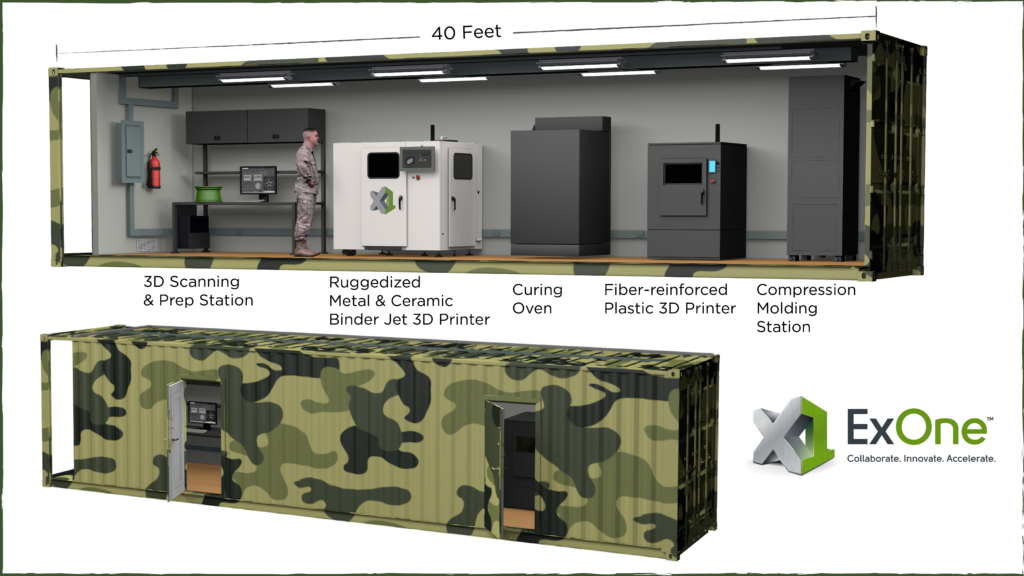
Another example is ExOne’s ruggedized binder jet system that would be made available in a 40-ft shipping container. This one causes more problem bubbles to tease my head, since I’m not sure how they’re going to de-bind prints and finish them all within the container. Here, the shipping container protects a whole lab together and printers have to be a lot less embedded in protective gear.
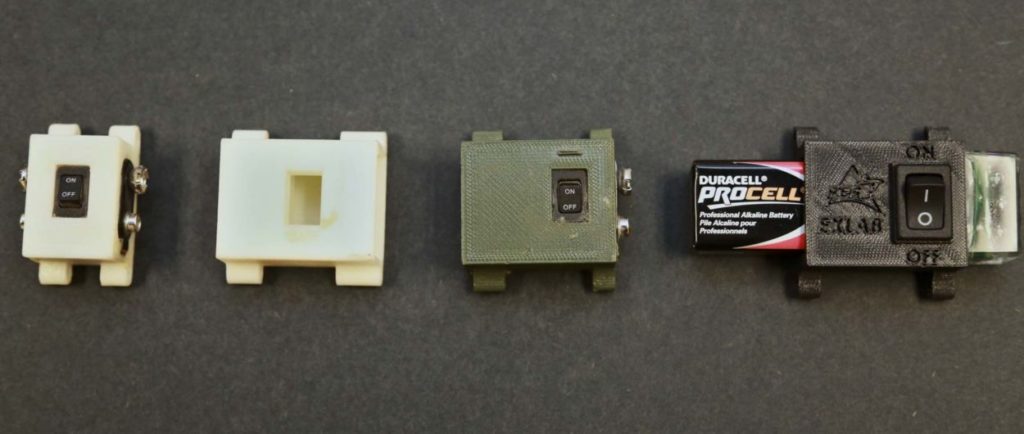
Shipping containers will greatly ease the transport and installation of printers. Since 2012, the U.S. military has had success with these kinds of installations with their groundbreaking REF deployments to Afghanistan and elsewhere. The REF’s X-Fab printed items such as the Firefly IR beacon in the photo above, but also made holders for mine detectors and a swivel mount mold for Squad Automatic Weapons. It really showcased how getting engineers close to the frontline along with 3D printers could solve real needs.
The FieldAE project is looking to print medical tools, supplies and perform bioprinting in austere environments.
“3D printing provides the ability to produce tailored health care solutions that meet the specific needs of the warfighter deployed to austere locations. The ability to build health-related products in near real time when and where needed enhances operational flexibility for our commanders in the field. As we continue to meet the needs of our nation’s warfighters, this pilot project is also the first step in manufacturing health care products on-site to help identify and treat battlefield injuries and medical conditions.”
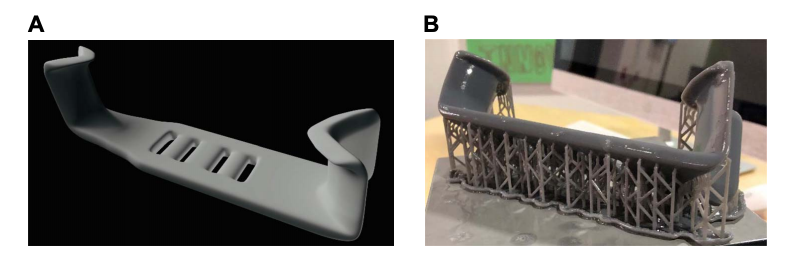 The Air Force retractor study looked at how they would make a surgical retractor on a Formlabs printer to be used during surgeries. Julielynn Y. Wong also looked more broadly at 3D printing in austere environments including using recycling for materials. Fieldmade’s Nomad units have polymer and composite 3D printing in a container and are meant to be forward deployed.
The Air Force retractor study looked at how they would make a surgical retractor on a Formlabs printer to be used during surgeries. Julielynn Y. Wong also looked more broadly at 3D printing in austere environments including using recycling for materials. Fieldmade’s Nomad units have polymer and composite 3D printing in a container and are meant to be forward deployed.
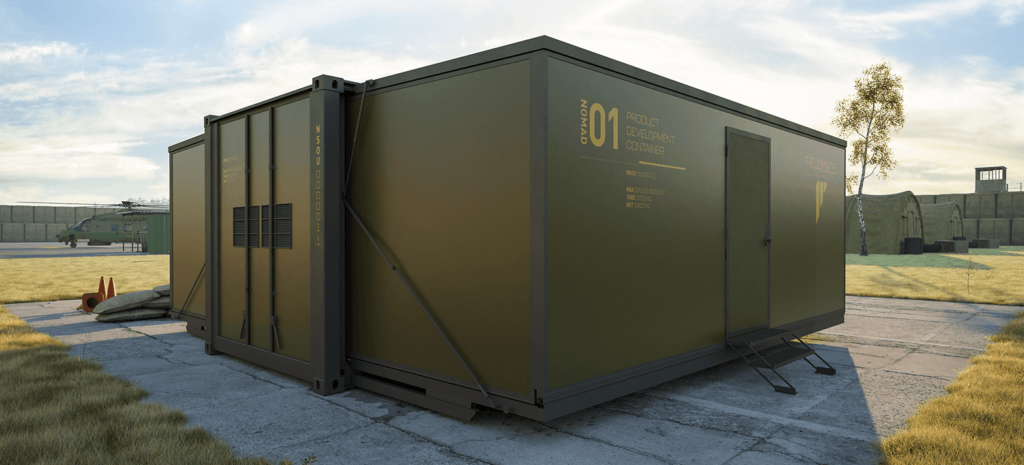
It is known that USSOCOM is an avid user of 3D printing to customize, improvise and adapt gear for missions. What is known publicly is that there was an austere environment event to test if 3D printers were suitable for special forces use. Here the Special Operations Command wanted to look at the following:
“U.S. 3D printer technologies that are self-contained, ruggedized, mobile, and capable of printing at SOF point of need in a wide array of environmental conditions.
“U.S. 3D printer technologies that allow for forward deployment, into the field, at the point of SOF equipment failure, reduce hardware replacement times, enable SOF Operator innovation, are reliable, and/or are easy to operate and maintain.
“In concert with the system attributes above, the USSOCOM MTRC program is interested in assessing 3D printer technologies ranging from small – single SOF Operator portable systems with niche capabilities that can be hand-carried and/or transported via non-standard commercial vehicles, to moderate – SOF Team portable systems with robust adaptive manufacturing capabilities that can be palletized and/or transported by C-130 aircraft.”
Smart thinking of them to only work with U.S. firms! Also, a huge opportunity for any U.S. printer vendor. This is a presentation about the fascinating MTRC USSOCOM program. You can also contact SOFWERX here.
Craitor is also attempting to make a man-portable printer with an enclosed build chamber, which somehow features machine learning. Blockchain company SIMBA was awarded an SBIR grant to essentially build a Fieldmade container that uses blockchain to check and validate parts for the U.S. Air Force.

Rugged 3D makes ruggedized Material Extrusion printers in hard cases. The $12,000 Voyager system, “integrated into a MIL-C-4150J / IP67 military grade case. This printer can be packed on a Humvee or air-dropped into service. The electrical system is surge-protected and has an Uninterruptible Power Supply (UPS) System to perform during unexpected power changes.” The printer has a nozzle temperature of 350C, has a 25cm by 25cm by 25cm build volume and comes with the STLs to print replacement parts for the printer. So, not only the printers but also the margins are robust in this segment of the market.

For those of you that think that this all sounds a bit military, there’s always Michigan Tech’s Joshua Pearce, who is involved in writing a number of more hopeful papers that look at 3D printing on small farms and open-source solar-powered 3D printers for off-the-grid communities. And Italian company WASP wants to open-source remake the whole world with its 3D printers.
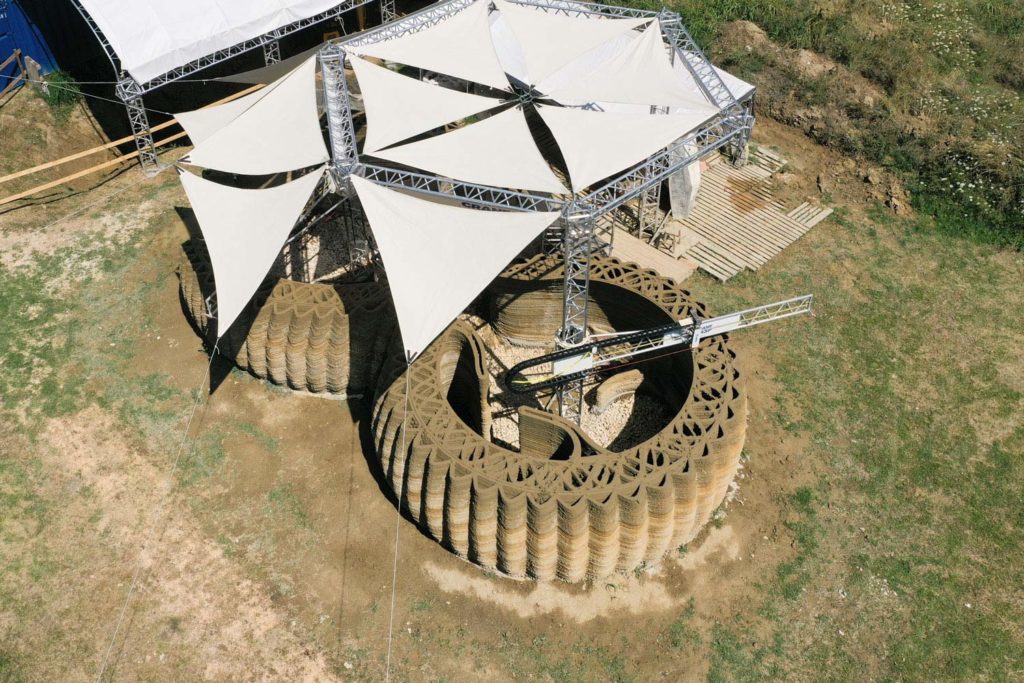
Having reviewed this space, I think that there is a lot more that we could be doing. For example, low-cost 3D printers with batteries and UPS would be a huge boon to many people. Bit by bit, we can see our 3D printers go outside and they will undoubtedly be at the frontline, but the frontline of a battlefield or human development?
Subscribe to Our Email Newsletter
Stay up-to-date on all the latest news from the 3D printing industry and receive information and offers from third party vendors.
You May Also Like
Profiling a Construction 3D Printing Pioneer: US Army Corps of Engineers’ Megan Kreiger
The world of construction 3D printing is still so new that the true experts can probably be counted on two hands. Among them is Megan Kreiger, Portfolio Manager of Additive...
US Army Corps of Engineers Taps Lincoln Electric & Eaton for Largest 3D Printed US Civil Works Part
The Soo Locks sit on the US-Canadian border, enabling maritime travel between Lake Superior and Lake Huron, from which ships can reach the rest of the Great Lakes. Crafts carrying...
Construction 3D Printing CEO Reflects on Being Female in Construction
Natalie Wadley, CEO of ChangeMaker3D, could hear the words of her daughter sitting next to her resounding in her head. “Mum, MUM, you’ve won!” Wadley had just won the prestigious...
1Print to Commercialize 3D Printed Coastal Resilience Solutions
1Print, a company that specializes in deploying additive construction (AC) for infrastructure projects, has entered an agreement with the University of Miami (UM) to accelerate commercialization of the SEAHIVE shoreline...





























